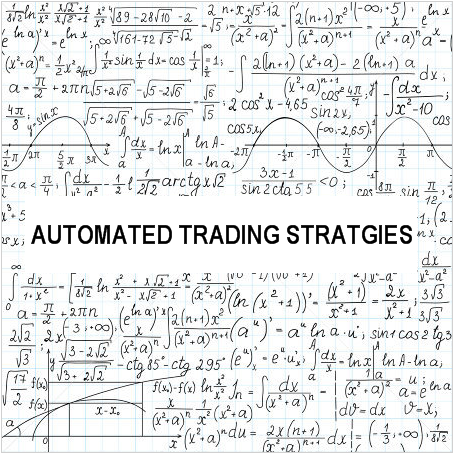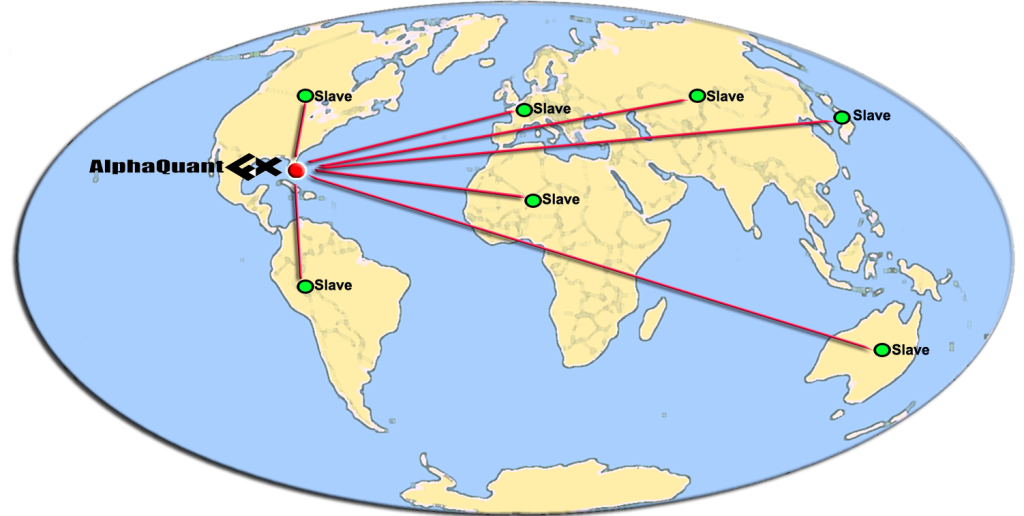Quantitative Trading Strategies
Post on: 5 Июль, 2015 No Comment

Types of Quantitative Hedge Fund Trading Strategies
Quant Hedge Funds come in all shapes and sizes—from small firms with employees numbering in their teens, to international funds with a presence on three continents. A larger asset base does not necessarily correlate with a larger number of employees; instead, a Hedge Fund’s staff is likely to be a function of the number of strategies it employs. Quant Hedge Funds may focus on equities, fixed income or other asset classes, although rarely would a Quant Hedge Fund be involved in a long-only strategy of individual stock-picking on an unhedged basis. Many CTAs or “Commodity Trading Advisors” also would be considered Quant Hedge Funds, given their role in buying or selling futures contracts, options on futures, or retail off-exchange forex contracts (or counseling others to trade in these commodities).
Trades based on anticipated corporate events, such as anticipated merger or take-over activity or bankruptcy filing. Also called risk arbitrage.
Relative Value Trading vs. Directional Trading
Most Quantitative Hedge Fund trading/investment approaches fall into one of two categories: those that use Relative Value strategies, and those whose strategies would be characterized as Directional. Both strategies heavily utilize computer models and statistical software.
Relative Value strategies attempt to capitalize on predictable pricing relationships (often “mean-reverting” relationships) between multiple assets (for example, the relationship between short-dated US Treasury Bill yields vs. long-dated US Treasury Bond yields, or the relationship in the implied volatility in two different option contracts). Directional strategies, meanwhile, typically build on trend-following or other pattern-based paths suggestive of upward or downward momentum for a security or set of securities (for example, betting that long-dated US Treasury Bond yields will increase or that implied volatility will decline).
Relative Value Strategies
Common examples of Relative Value strategies include placing relative bets (i.e. buying one asset and selling another) on assets whose prices are closely linked:
- Government securities of two different countries
- Government securities of two different lengths to maturity
- Corporate vs. mortgage bond securities
- The differential in implied volatility between two derivatives
- Equity prices vs. bond prices for a corporate bond issuer
- Corporate bond yield spreads vs. Credit Default Swap (CDS) spreads

The list of potential Relative Value strategies is very long; above are just a few examples. There are three very important and commonly used Relative Value strategies to be aware of, however:
- Statistical Arbitrage: trading a mean-reverting trend of the values of similar baskets of assets based on historical trading relationships. One common form of Statistical Arbitrage, or “Stat Arb,” trading, is known as Equity Market Neutral trading. In this strategy, two baskets of equities are chosen (one “long” basket and one “short” basket), with the goal that the relative weights of the two baskets leave the fund with zero net exposure to various risk factors (industry, geography, sector, etc.) Stat Arb also could involve the trading of an index against a similarly matched ETF, or an index versus a single company’s stock.
- Convertible Arbitrage: purchasing of convertible bonds issues by a company and simultaneously selling the same company’s common stock, with the idea being that should the stock of a given company decline, the profit from the short position will more than offset any loss on the convertible bond position, given the convertible bond’s value as a fixed-income instrument. Similarly, in any upward price move of the common stock, the fund can profit from the conversion of its convertible bonds into stock, selling that stock at market value by an amount that exceeds any losses on its short position.
- Fixed Income Arbitrage: trading fixed income securities in developed bond markets to exploit perceived relative interest rate anomalies. Fixed Income Arbitrage positions can use government bonds, interest rate swaps, and interest rate futures. One popular example of this style of trading in fixed income arbitrage is the “basis trade,” in which one sells (buys) Treasury futures, and buys (sells) a corresponding amount of the potential deliverable bond. Here, one is taking a view on the difference between the spot price of a bond and the adjusted future’s contract price (futures price × conversion factor) and trading the pairs of assets accordingly.
Directional Strategies
Directional trading strategies, meanwhile, typically build on trend-following or other pattern-based paths suggestive of upward or downward momentum for a security’ price. Directional trading will often incorporate some aspect of Technical Analysis or “charting.” This involves predicting the direction of prices through the study of past price and volume market data. The “direction” being traded can be that of an asset itself (momentum in equity prices, for example, or the euro/U.S. dollar exchange rate) or a factor that directly affects the asset price itself (for example, implied volatility for options or interest rates for government bonds).
Technical trading may also comprise the use of moving averages, bands around the historical standard deviation of prices, support and resistance levels, and rates of change. Typically, technical indicators would not constitute the sole basis for a Quantitative Hedge Fund’s investment strategy; Quant Hedge Funds employ many additional factors over and above historical price and volume information. In other words, Quantitative Hedge Funds that employ Directional trading strategies generally have overall quantitative strategies that are much more sophisticated than general Technical Analysis.
This is not to suggest that day traders may not be able to profit from Technical Analysis—on the contrary, many momentum-based trading strategies can be profitable. Thus for the purposes of this training module, references to Quant Hedge Fund trading strategies will not include Technical Analysis-based strategies only.
Other Quantitative Strategies
Other quantitative trading approaches that are not easily categorized as either Relative Value strategies or Directional strategies include:
- High-Frequency Trading. where traders attempt to take advantage of pricing discrepancies among multiple platforms with many trades throughout the day
- Managed Volatility strategies use futures and forward contracts to focus on generating low, but stable, LIBOR-plus absolute returns, increasing or decreasing the number of contracts dynamically as the underlying volatilities of the stock, bond and other markets shift. Managed Volatility Strategies have gained in popularity in recent years due to the recent instability of both stock and bond markets.
What is a Quantitative Hedge Fund? Top Quantitative Hedge Funds














